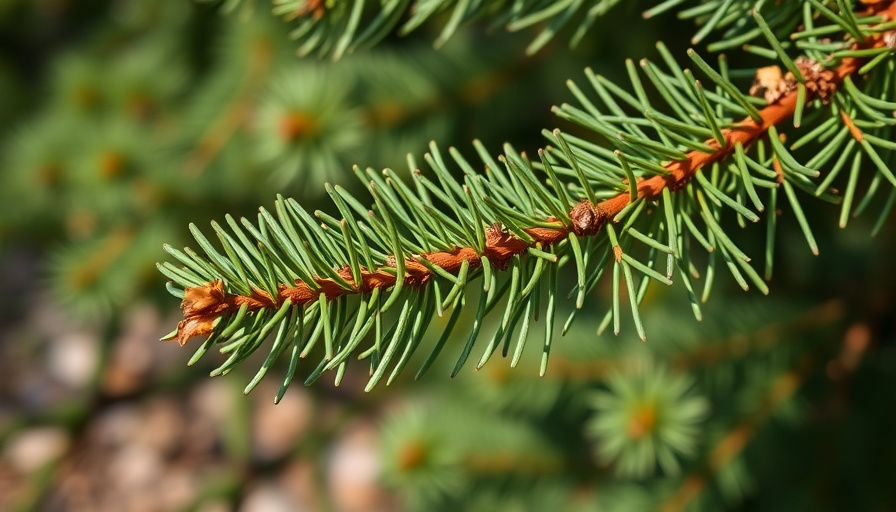
Understanding the Mystery of Conifer Needle Drop
While the vibrant foliage of deciduous trees may steal the spotlight in autumn, the drooping needles of conifers can stir unease among gardeners and nature lovers alike. While minor needle drop is a natural part of a conifer's lifecycle, excessive shedding out of season requires attention. With varying potential causes including environmental stress, disease, or common seasonal patterns, this article delves into the seven prevalent factors impacting needle drop in conifers.
1. Deciduous Conifers: A Surprising Exception
Not all conifers adhere to the evergreen stereotype—certain species, such as larches and dawn redwoods, are deciduous, shedding their needles in the fall and regrowing them in spring. If a tree you believe to be evergreen is dropping its needles at the wrong time of year, investigate further.
2. Disease: When Health Fades
Conifers are susceptible to various diseases, each presenting distinct symptoms that can confuse even experienced gardeners. For instance, Dothistroma needle blight manifests with dark green bands and yellow or tan spots before causing significant needle drop. Conditions like needle cast, affecting spruces, introduce a more systemic problem as entire branches may show symptoms like discoloration before succumbing.
3. Drought: The Silent Stressor
Drought and heat stress are significant contributors to needle drop. When conifers experience insufficient moisture, they can begin shedding needles to conserve resources. A well-watered conifer in summer can usually withstand dry spells better than one without sufficient hydration. Understanding your local climate and adjusting watering practices can greatly mitigate these effects.
4. Injury: Bruises Can Run Deep
Injury from physical damage—be it from lawnmowers, pruning, or pests—can deeply affect a tree's health. Damaged areas may exhibit needle loss as the tree tries to direct energy towards healing. Check for signs of injury during routine maintenance to prevent further decline.
5. Pest Infestation: The Unseen Enemy
Pests such as aphids and spider mites can weaken conifers, leading to needle discoloration and shedding. Early detection is crucial; use organic gardening practices and monitoring techniques to ensure your trees remain healthy and pests do not take over.
6. Seasonal Drop: A Natural Cycle
Many conifers experience seasonal needle drop without issue. This occurrence can happen in late summer or fall as older needles die off, making way for new growth. Knowing what to expect seasonally can help determine if your tree is exhibiting normal behavior.
7. Environmental Factors: The Bigger Picture
Environmental stress such as poor soil quality, light deficiencies, and pollution also play a significant role in needle health. Incorporating organic gardening techniques, such as composting and mulching, can improve soil health and boost your tree's resilience against these factors.
Practical Steps for Maintaining Healthy Conifers
To maintain thriving conifers, utilize best practices such as regular watering during dry spells, using organic mulch to retain soil moisture, and promptly addressing pest problems with eco-friendly solutions. These basic principles create a healthy environment for your plants, mitigating issues related to needle drop.
Future Trends: Embracing Sustainability
With a growing interest in sustainable gardening practices, many gardeners are turning to organic methods that support plant resilience and enhance biodiversity. Embracing diverse planting strategies can create a more robust ecosystem, ultimately ensuring your conifers thrive.
Conclusion: Stay Vigilant to Protect Your Investments
Understanding the nature of needle drop is essential for every gardener invested in their plants’ wellbeing. By recognizing the seven common causes and implementing proactive measures, you can cultivate a healthier landscape while enjoying every season's unique charm.
For more tips on effective gardening and plant care techniques, keep yourself informed with the latest trends in landscaping!
 Add Row
Add Row  Add
Add 




Write A Comment